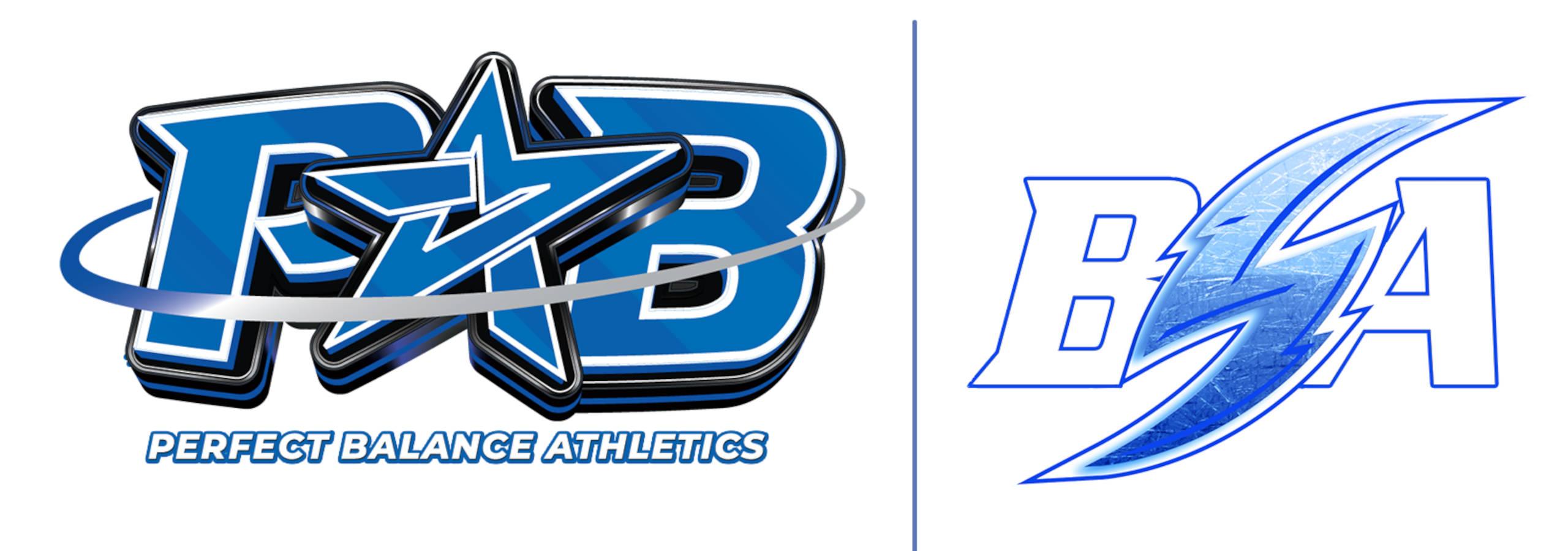As your child grows in strength, there will undoubtedly be days when they wake up feeling a little achy. For budding athletes, this unfamiliar discomfort can be alarming. I recall a time when my daughter complained of a tummy ache. After a series of questions, I realized she didn’t have the stomach flu; her abs were simply sore!
Distinguishing between muscle soreness and a muscle injury can be a tad tricky since they share some overlapping symptoms. However, understanding the key differences can help you make an informed decision about your child’s health:
Muscle Soreness:
- Onset: Typically develops after physical activity, especially if there’s an increase in intensity or duration.
- Pain Characteristics: The muscles might feel tender, achy, and stiff. The pain is more of a discomfort than sharp or intense pain.
- Movement: Despite the discomfort, you can still move the muscle. Light activity and stretching can even alleviate the soreness.
- Duration: Usually lasts a few days to a week. Gentle stretching and self-care measures can speed up the recovery.
Muscle Injury (Strain):
- Onset: Happens suddenly, often during physical activity, heavy lifting, or abrupt movements.
- Pain Characteristics: The pain is sharp, intense, and localized. Some might even feel a popping or tearing sensation.
- Movement: The injured muscle limits your range of motion, and moving it can be painful. Muscle weakness is also a common symptom.
- Bruising and Swelling: Unlike muscle soreness, a muscle strain can lead to bruising and swelling.
- Duration: Depending on the severity, recovery can take several weeks to months.
If you suspect a muscle injury:
- Rest: Avoid activities that can exacerbate the pain.
- Ice: For the first 48 hours, apply ice to reduce swelling.
- Compression: Use a bandage to decrease swelling and support the muscle.
- Elevation: Raise the injured area to minimize swelling.
- Pain Relief: Over-the-counter pain relievers can help.
- Consult a Doctor: If the pain persists or if you suspect a severe strain, seek medical advice.
According to Healthline, muscle soreness is a natural part of building strength. As parents, it’s essential to differentiate between the pain of growth and potential injury. This knowledge ensures our young athletes continue their journey safely and confidently.
Remember, every ache and pain is a learning opportunity. It teaches our children about their bodies and the importance of self-care. So, the next time your child complains of an unfamiliar ache, you’ll be better-equipped to guide them through it!
We have an athletic trainer who comes to the gym approximately once a month, if you would like your athlete seen when they are in, please contact the office. Info@PBAGym.com
